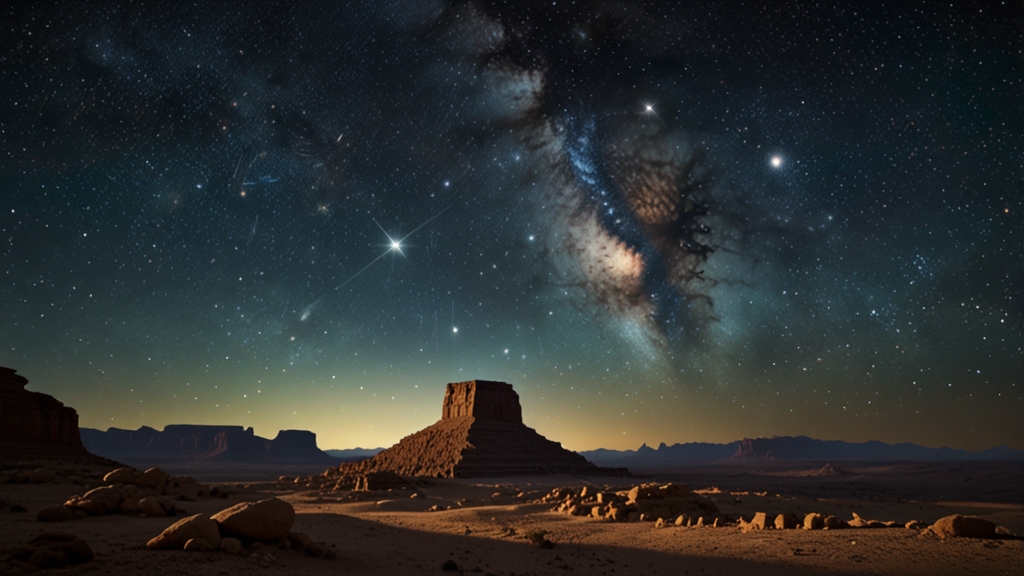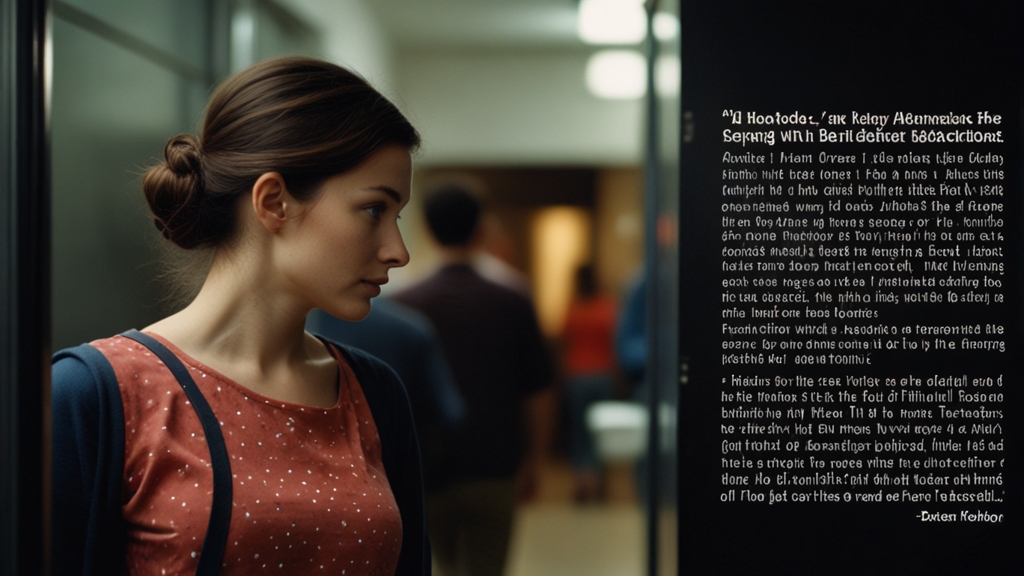What Ancient Civilizations Knew About the Stars: Astronomy Through the Ages
Astronomy is one of the oldest sciences, rooted deeply in the curiosity of ancient civilizations. The night sky has always captivated humanity, prompting our ancestors to look up, wonder, and eventually document their observations. From the ancient Egyptians to the Mayans, and through to the Greeks and Chinese, different cultures have contributed enormously to our understanding of the cosmos. This article delves into what these ancient civilizations knew about the stars and how their observations laid the groundwork for modern astronomy.
Babylonians: The Pioneers of Predictive Astronomy
The Babylonians were among the first to systematize their observations of the stars and planets. Living in Mesopotamia around 1800 BCE, they not only observed the stars but also meticulously recorded their movements, creating some of the earliest known star catalogues. The Babylonians are credited with developing the zodiac, a system that divided the sky into twelve sections, each representing a specific constellation.
Babylonian astronomers could predict celestial events such as lunar and solar eclipses. Their contributions to timekeeping, including the development of the 24-hour day and the 360-degree circle, have had a lasting impact on both astronomy and mathematics.
Ancient Egypt: The Celestial Connection to the Divine
Ancient Egyptians were also keen observers of the night sky, associating celestial bodies with gods and myths. Their meticulous alignment of the pyramids with specific stars suggests that they had an advanced understanding of celestial events. They identified constellations and developed a lunar calendar based on the cycles of the moon.
The Nile's flooding, crucial for agriculture, was closely linked to the heliacal rising of the star Sirius. This event marked the beginning of the Egyptian New Year and demonstrated their intricate connection between celestial movements and terrestrial events.
Greeks: The Philosophers and Mathematicians of the Cosmos
Ancient Greek astronomers made significant strides in theoretical astronomy. Figures like Ptolemy, Aristotle, and Hipparchus laid the foundation for many astronomical concepts still in use today. Ptolemy's geocentric model, though later disproven, was a monumental work that influenced astronomical thought for centuries.
Hipparchus is notable for creating the first comprehensive star catalog and discovering the precession of the equinoxes. His work was pivotal in understanding the long-term changes in the night sky.
Mayans: Masters of Celestial Cycles
The Mayans of Central America took astronomical observations to an exquisite level of precision. They developed complex calendars that were deeply intertwined with their religious and agricultural practices. The Mayan Long Count calendar, for instance, is known for its accuracy and complexity.
The Mayans accurately predicted solar eclipses and the cycles of Venus, demonstrating an advanced understanding of the motions of celestial bodies. Their observatories, such as El Caracol in Chichen Itza, were architectural marvels designed specifically for astronomical observations.
Chinese: Systematic Celestial Documentation
The Chinese civilization boasts one of the longest continuous histories of astronomical observation. Ancient Chinese astronomers meticulously recorded supernovae, cometary appearances, and solar and lunar eclipses. Their documentation of the Crab Nebula supernova in 1054 CE is among the most detailed ancient astronomical records.
The Chinese developed a lunar calendar and subscribed to a cosmological model where the heavens were interconnected with the emperor's fate. Innovations in instrument design, such as the armillary sphere, allowed for precise celestial measurements.
Conclusion
Through millennia, ancient civilizations laid the essential groundwork for modern astronomy. From the Babylonians' predictive models to the Mayans' intricate calendars, the careful observations and theoretical advancements of these early astronomers have had an enduring influence. Their awe of the stars and dedication to understanding the cosmos underscore a universal human curiosity that continues to drive scientific exploration today.











